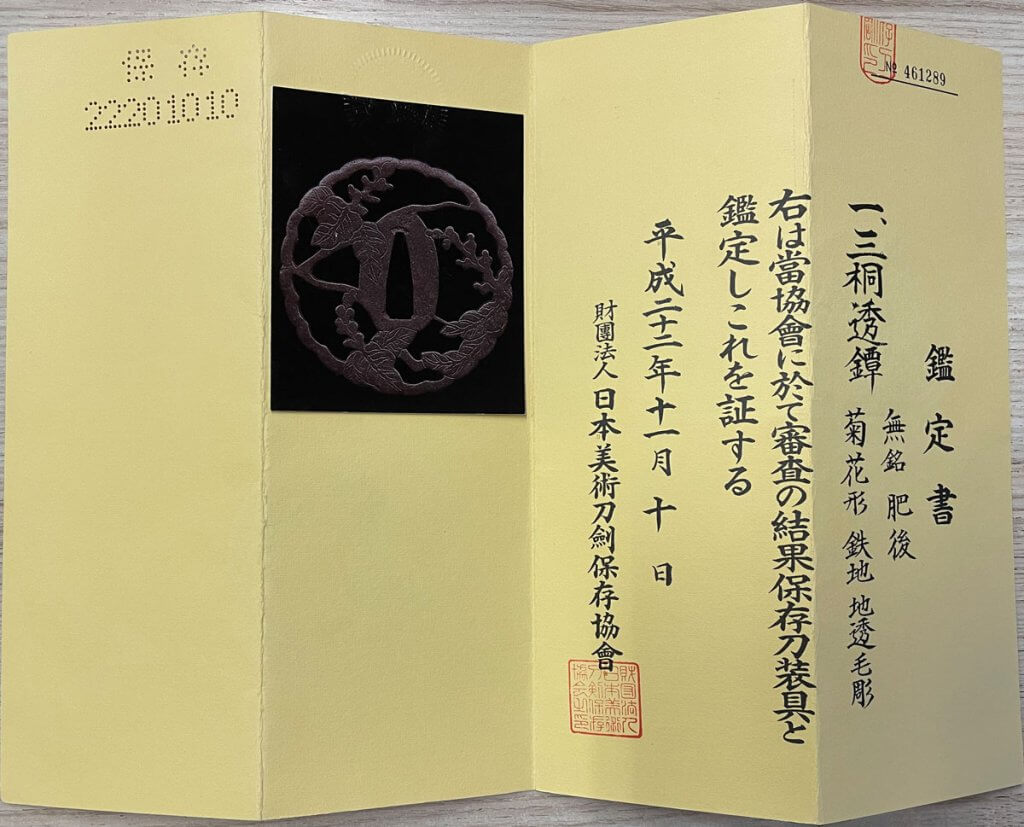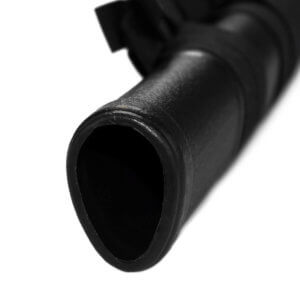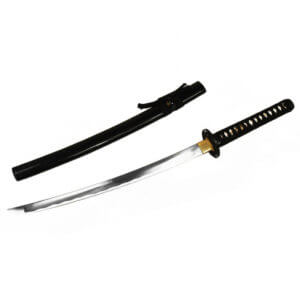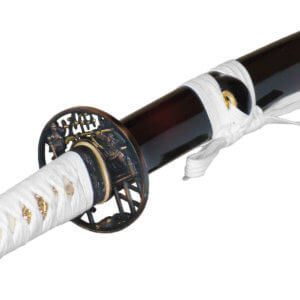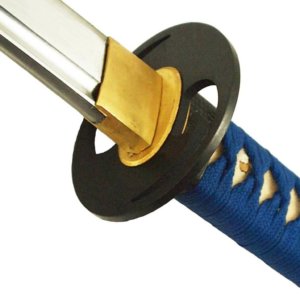Why are there certificates for real katana and what are they called?
Over the centuries, many different types of blades and swords have been made in Japan. It is an almost endless field of knowledge with details about the time and place of manufacture and background information about each blade.
At the same time, there is a large fan community worldwide, interested buyers and collectors for Nihonto.
This results in the need for documents for real samurai swords such as katana, tachi, wakizashi, tanto and other sword types and, of course, for the matching attachments.
The aim is for a neutral assessment body to give an assessment of when, where and by whom the piece was made and a general classification of how important it is in the history of Japan.
This information helps prospective buyers to determine the value of a Japanese sword.
There are different organisations that issue this type of certificate. As a rule, they are documents made of folded paper. This is why the authentic certificates for genuine Nihonto, Koshirae and Kodogu are also called Origami, the Japanese name for folded paper and the art of paper folding.
The assessment of blades has its origins with polishers (togishi) and dealers, as they have generally always had numerous blades in their hands and were therefore able to form a very good overall picture. Nowadays, however, there are also experts from many other fields whose extensive knowledge of the Japanese sword is very impressive.
Working together in organisations also pools the knowledge of individuals so that a reliable and trustworthy assessment can be made of the various types of Japanese antiques.
What certificates are there for genuine samurai swords?
Basically, there are not too many institutions that exhibit origami for Japanese artefacts. There are also individual, internationally respected polishers and shops that issue their own papers, such as Aoi Japan. As a rule, however, certificates are issued by the NBTHK or JHTKK (sometimes also called JTK).
Origami of the NBTHK
The NBTHK, or Nippon Bijutsu Token Hozon Kyokai, has its origins in the collective destruction of Japanese swords by the USA after the Second World War. After many historically valuable pieces, such as the legendary Honjo Masamune unfortunately already destroyed, the Americans realised that there were many examples among the swords that were worth preserving.
Experts were needed to separate the wheat from the chaff and tell the occupiers which swords must not be destroyed.
That was the birth of the NBTHK. Since its foundation, the experts have ensured the preservation of the "Nihonto" cultural asset.
Today, the NBTHK is the largest and most influential organisation dedicated to the Japanese sword. It promotes contemporary Nihonto blacksmiths, organises blacksmithing competitions, issues certificates, runs the famous sword museum in Tokyo and much more.
The NBTHK certificates have a specific structure and are generally well respected.
Origami of the JHTKK
The JHTKK, or Juho Token Kenkyukai, is a spin-off from the NBTHK and also issues certificates for swords.
The certificates contain somewhat more extensive information than the NBTHK documents and have a different focus.
An interesting overview of examples of certificates and additional information can be found under this link:
https://www.shibuiswords.com/papers1.htm
Is every certificate meaningful?
The assessments of the various institutions basically represent an opinion. Depending on the person giving the assessment, this can vary even within an organisation.
In the past, there have therefore always been different judgements about the same sword. In addition, the client pays the judging organisation for its work, which in itself creates conflicts of interest.
Nevertheless, the certificates mentioned above are origami from recognised organisations that have built up a reputation over the years and do not jeopardise this reputation with implausible assessments. This is why these certificates are absolutely trustworthy today, despite the challenges mentioned above.
Incidentally, these genuine certificates for genuine Japanese swords should not be confused with the "certificates" issued by Chinese swordsmiths.
These are issued by the manufacturer itself for marketing reasons and do not provide a real basis for verifying certain data, as the information on them is often incorrect.
In our opinion, the very fact that these documents are called certificates, even though the genuine documents described above exist, is aimed at deceiving buyers.

